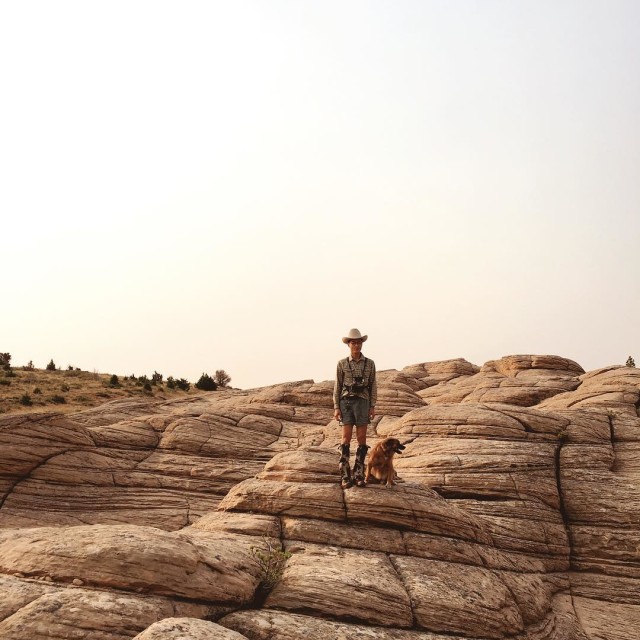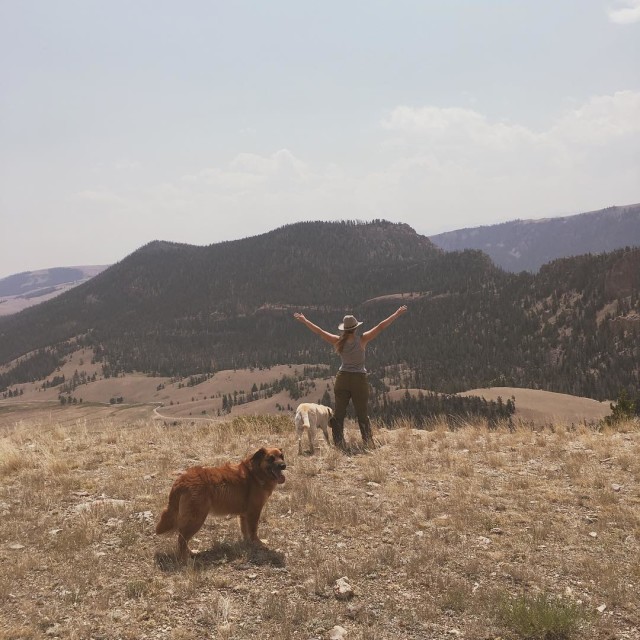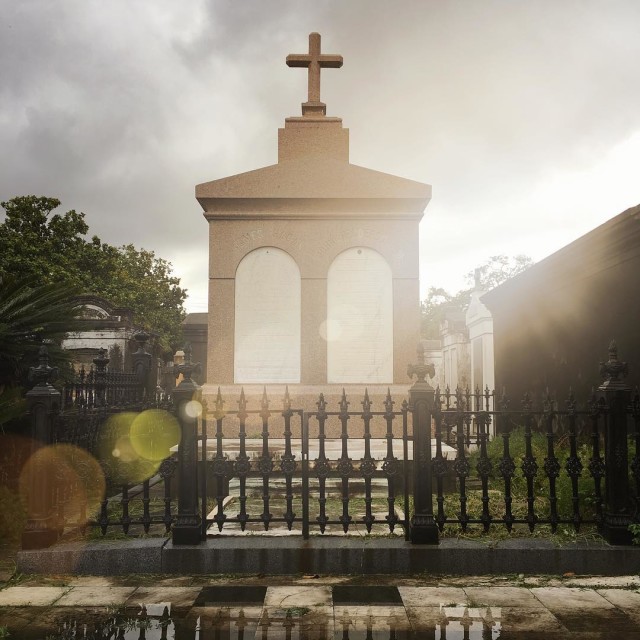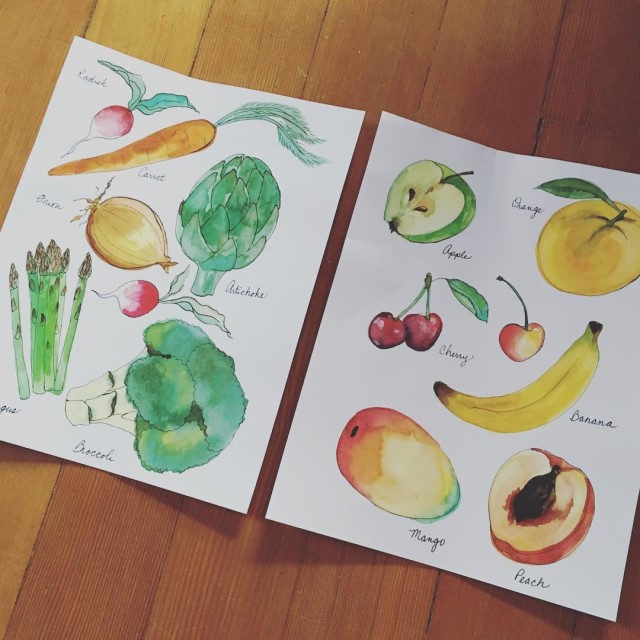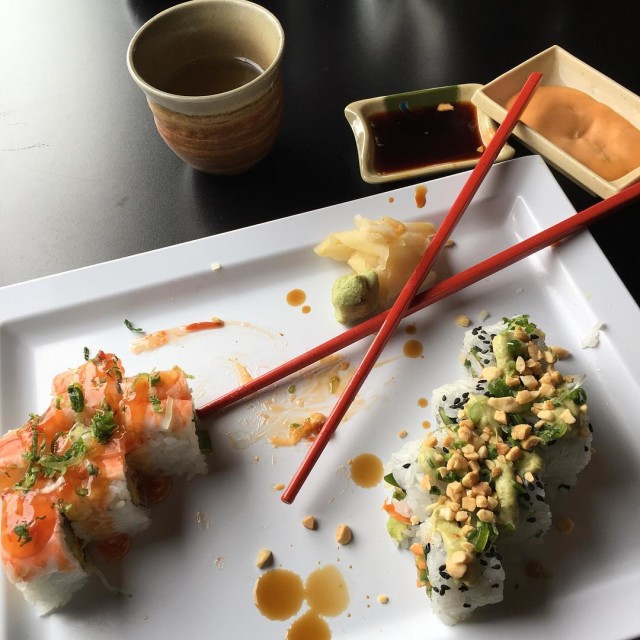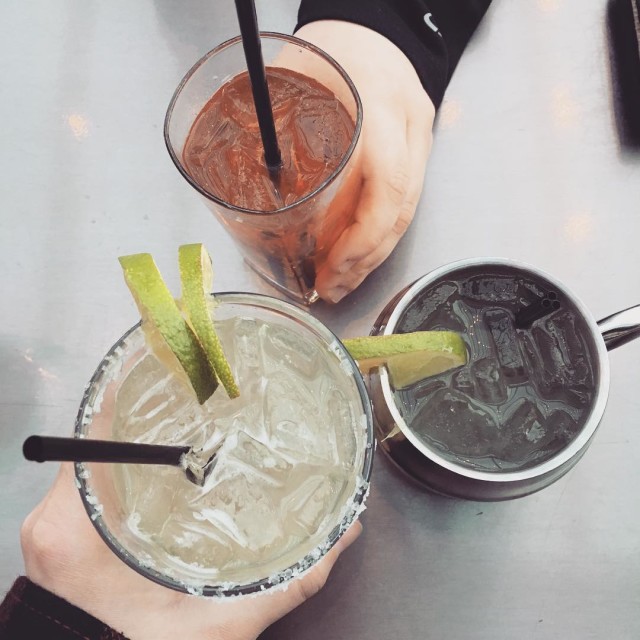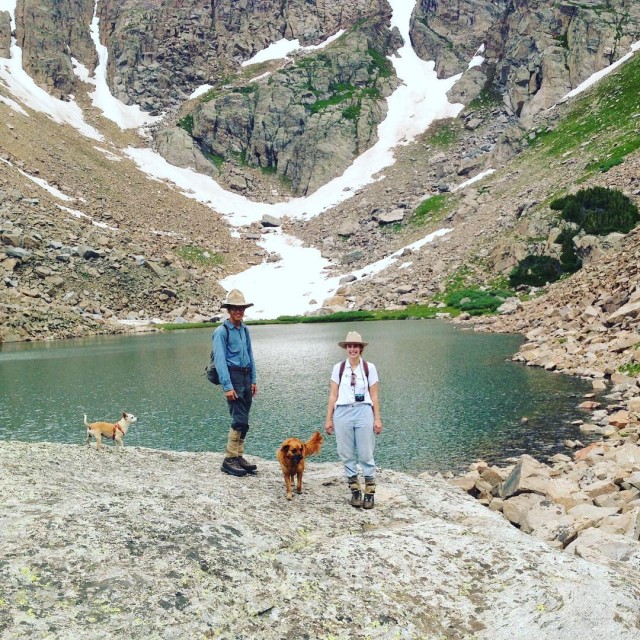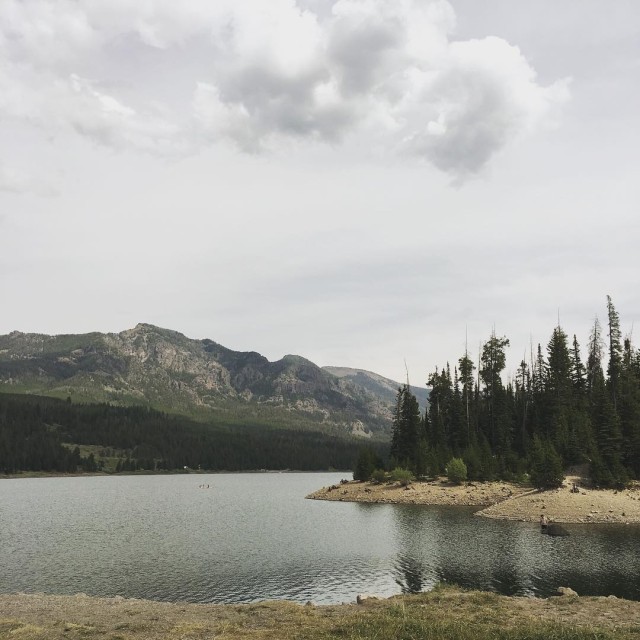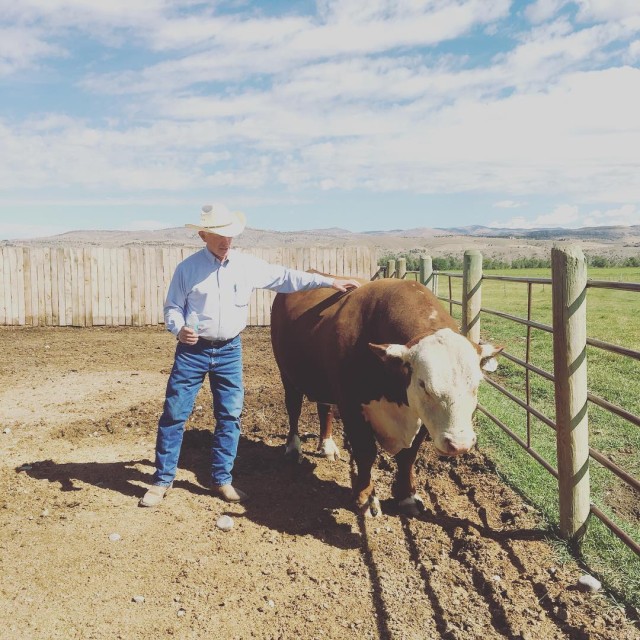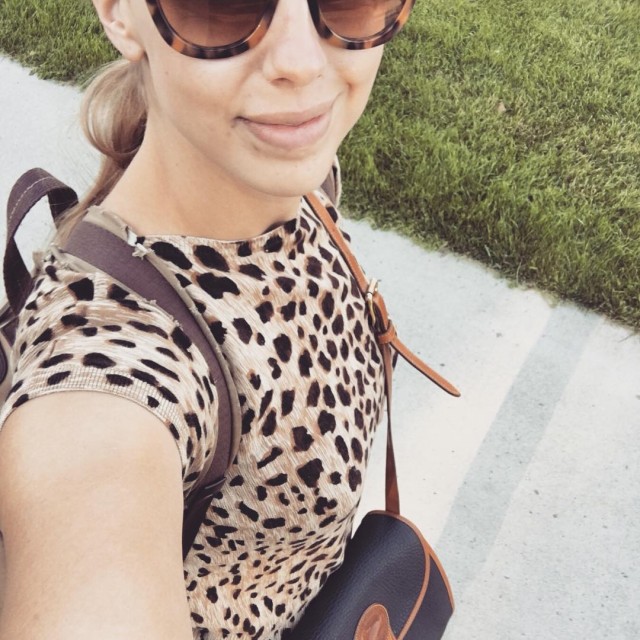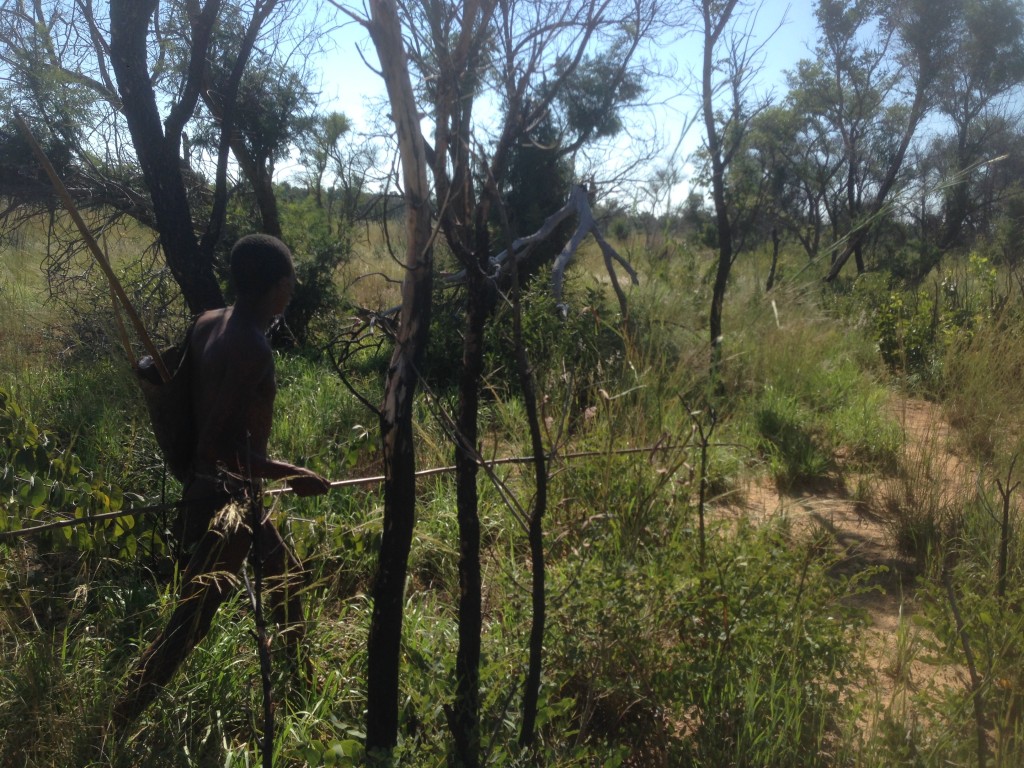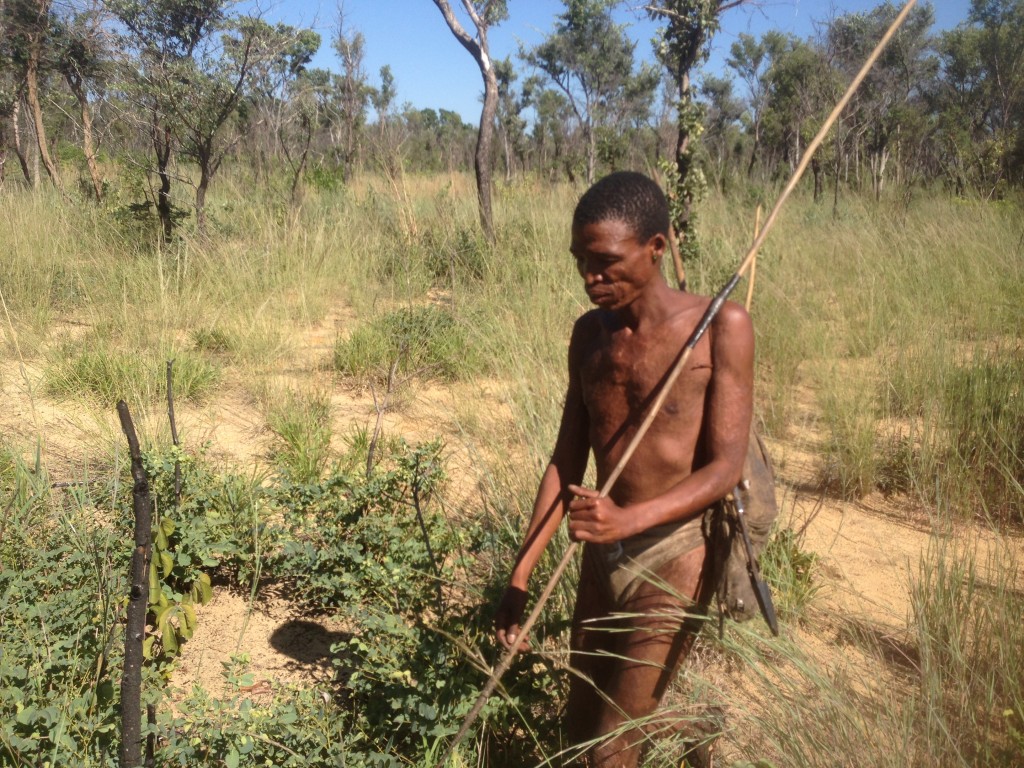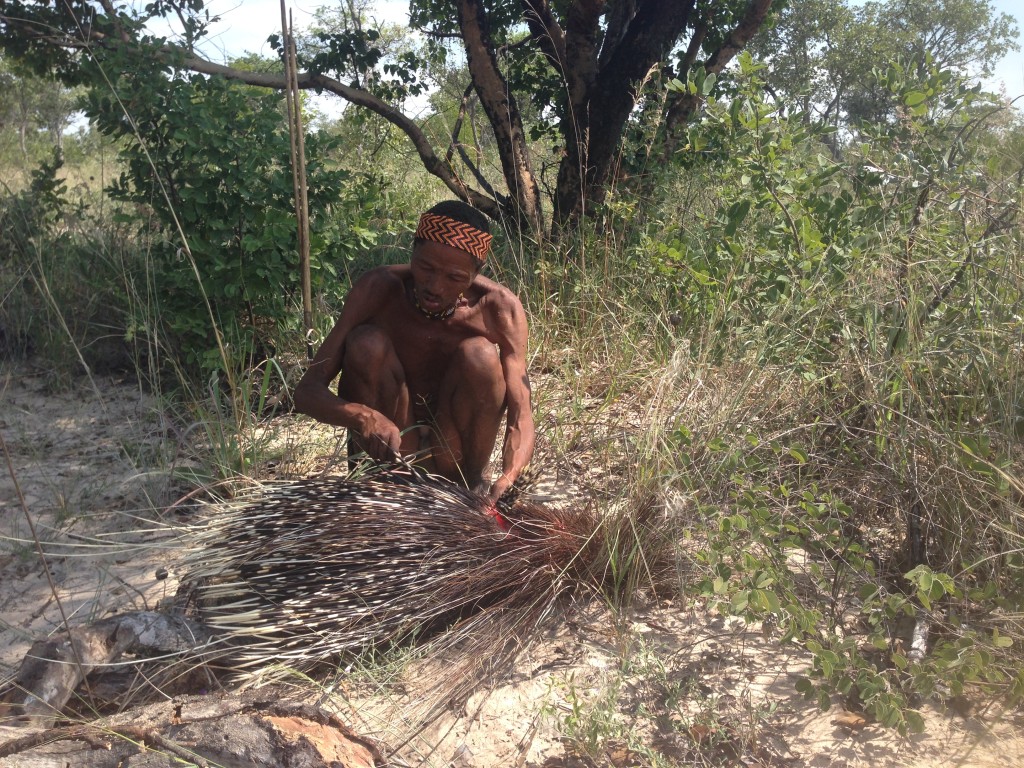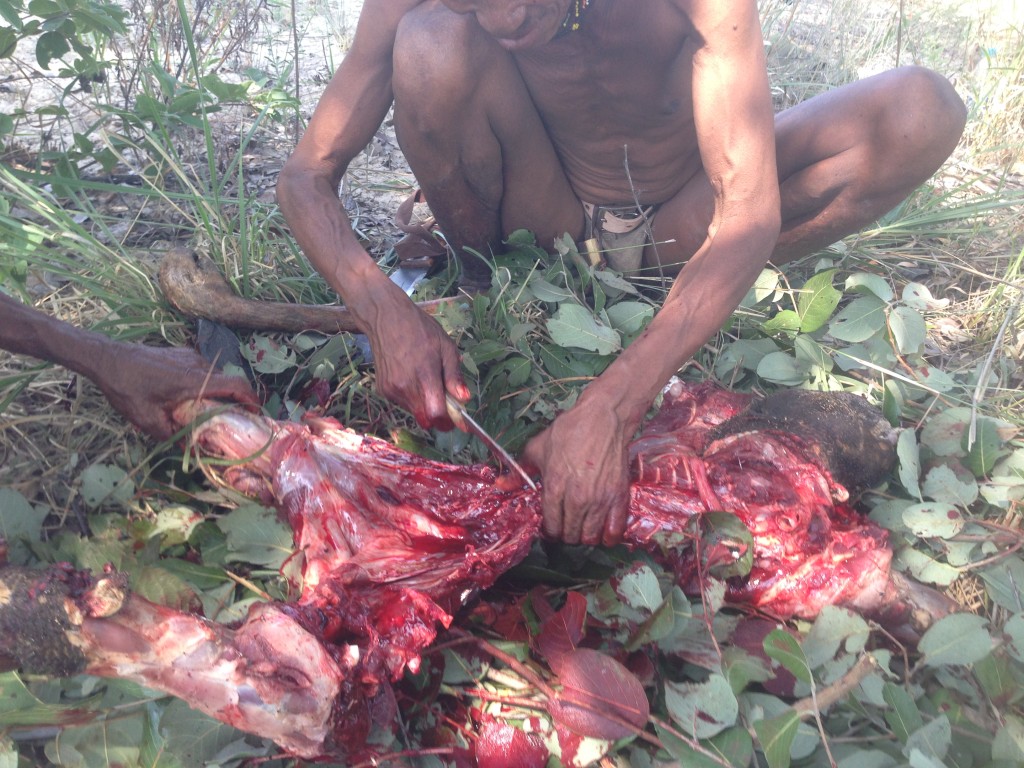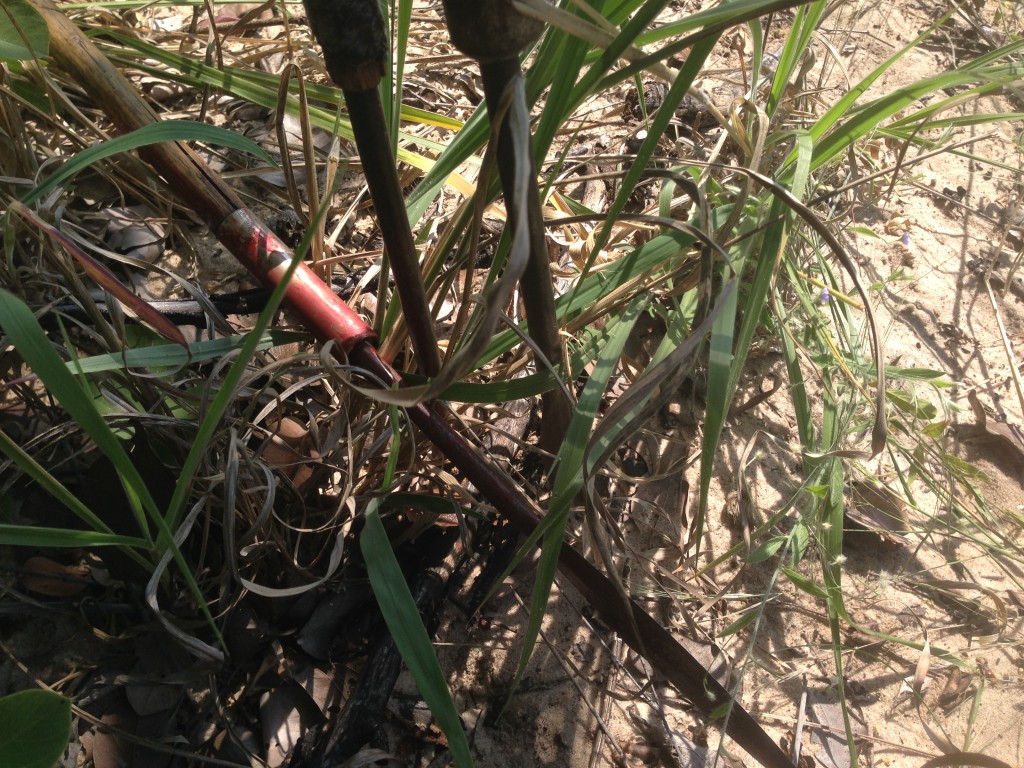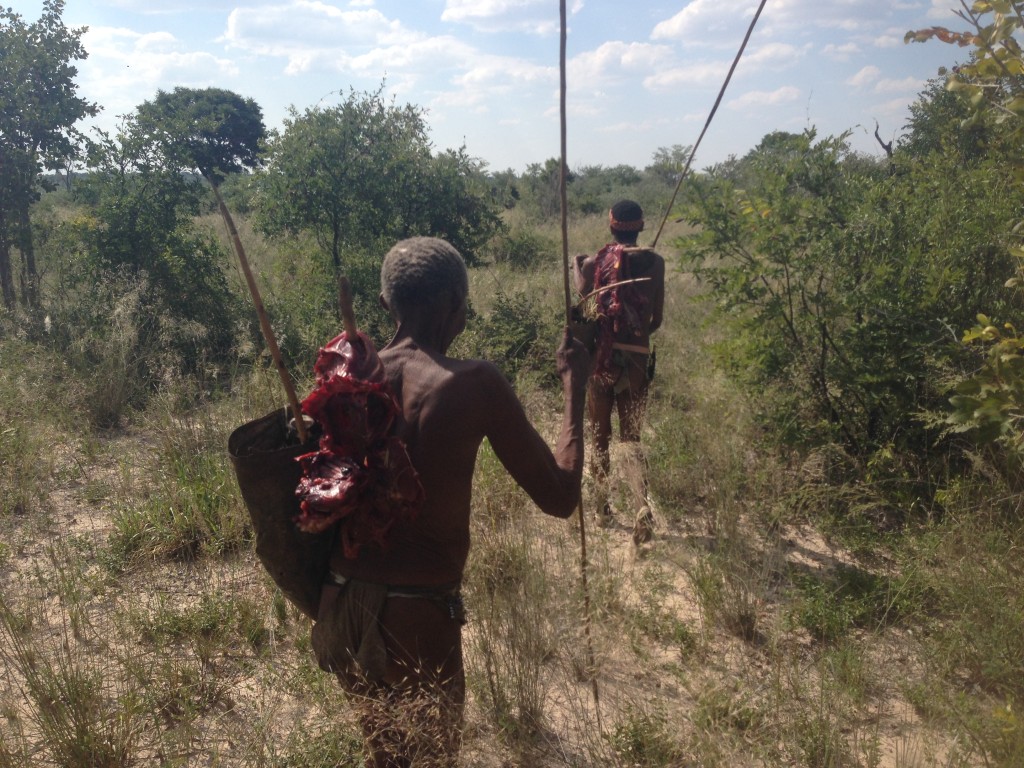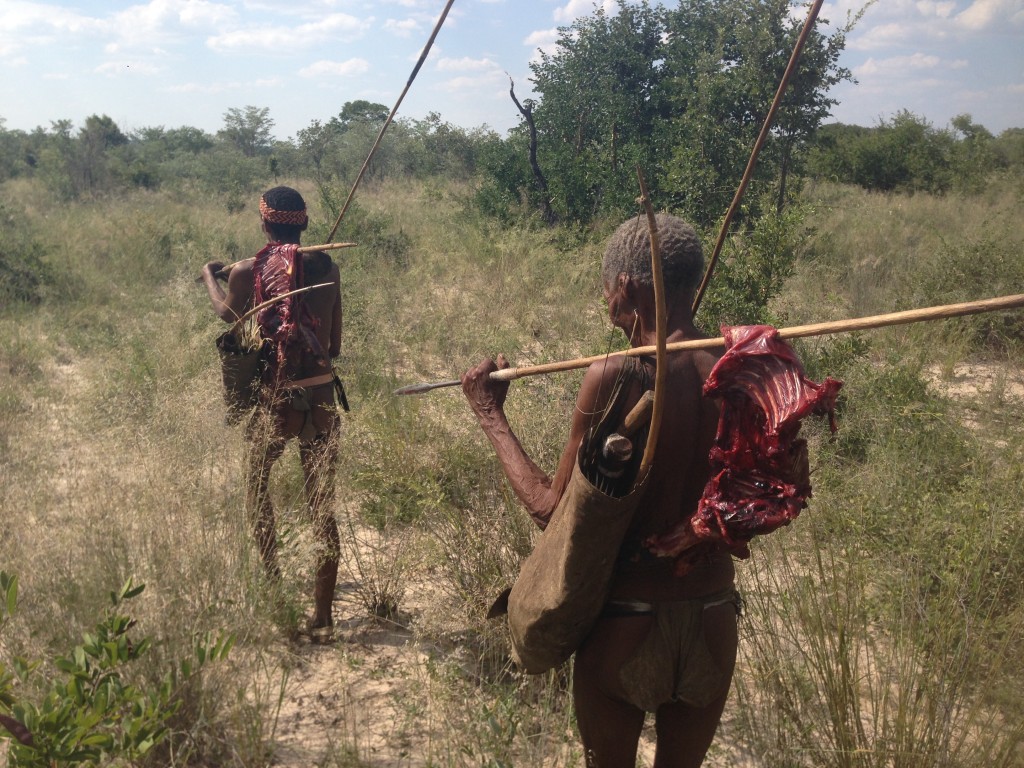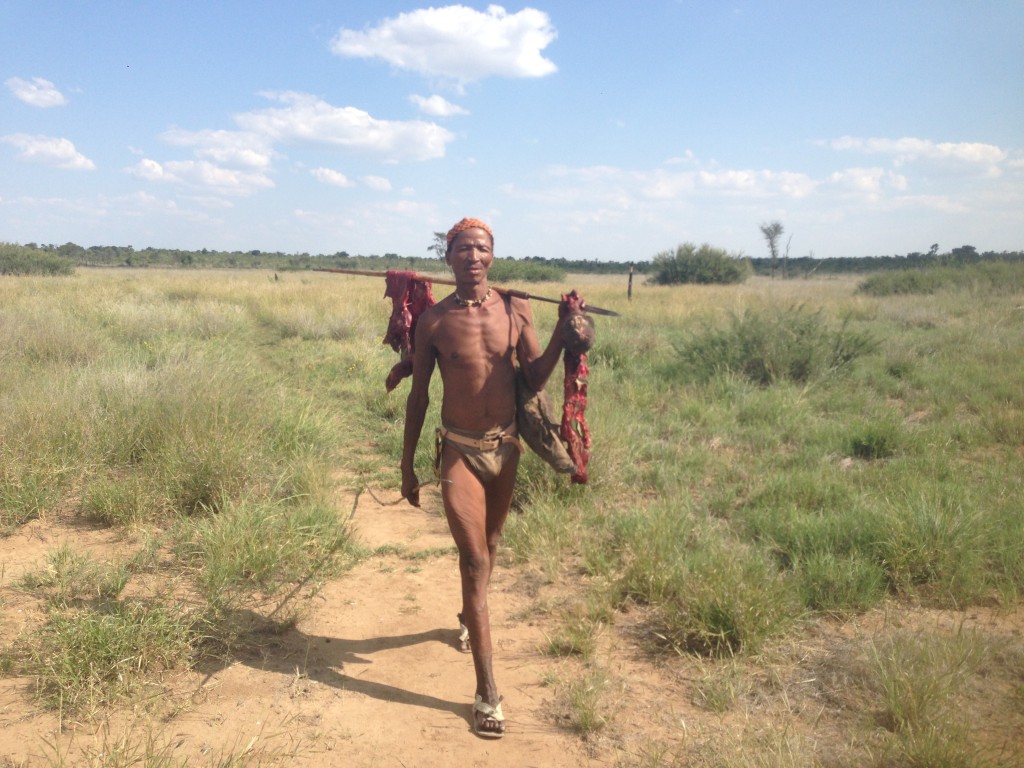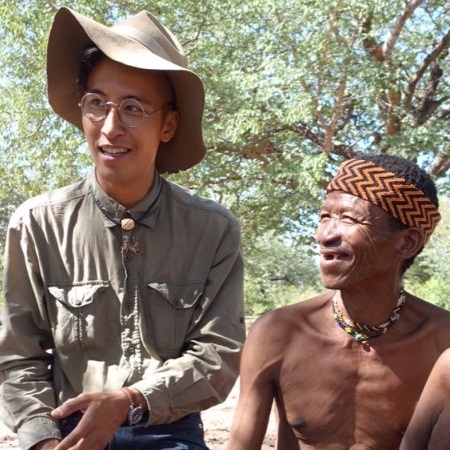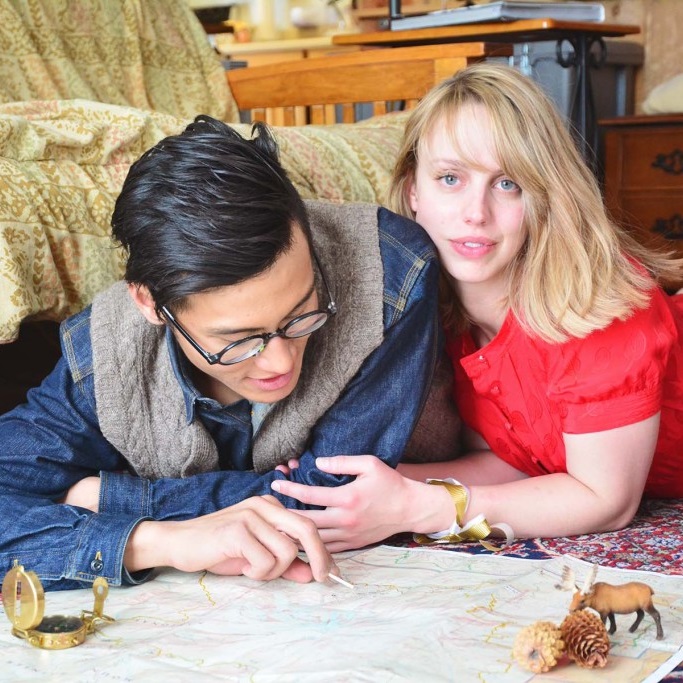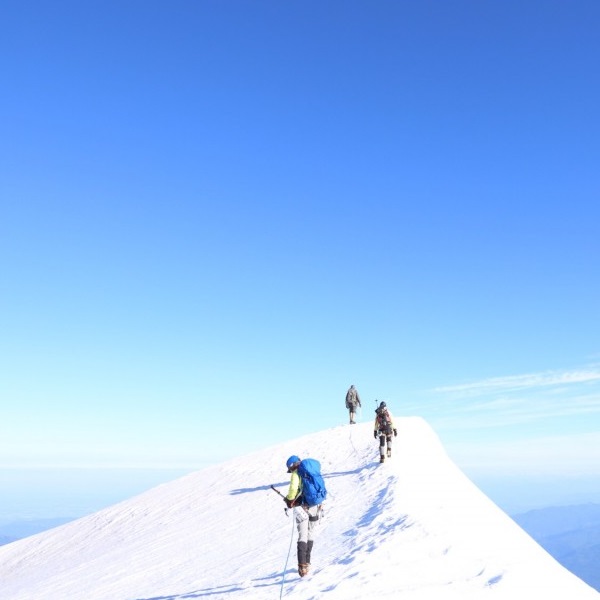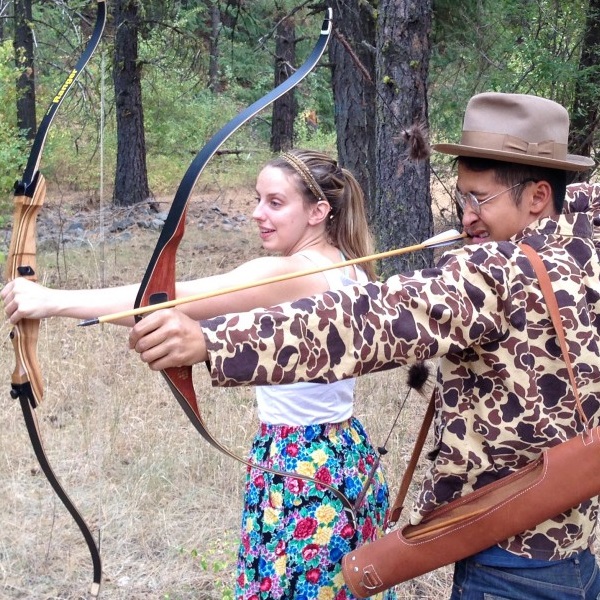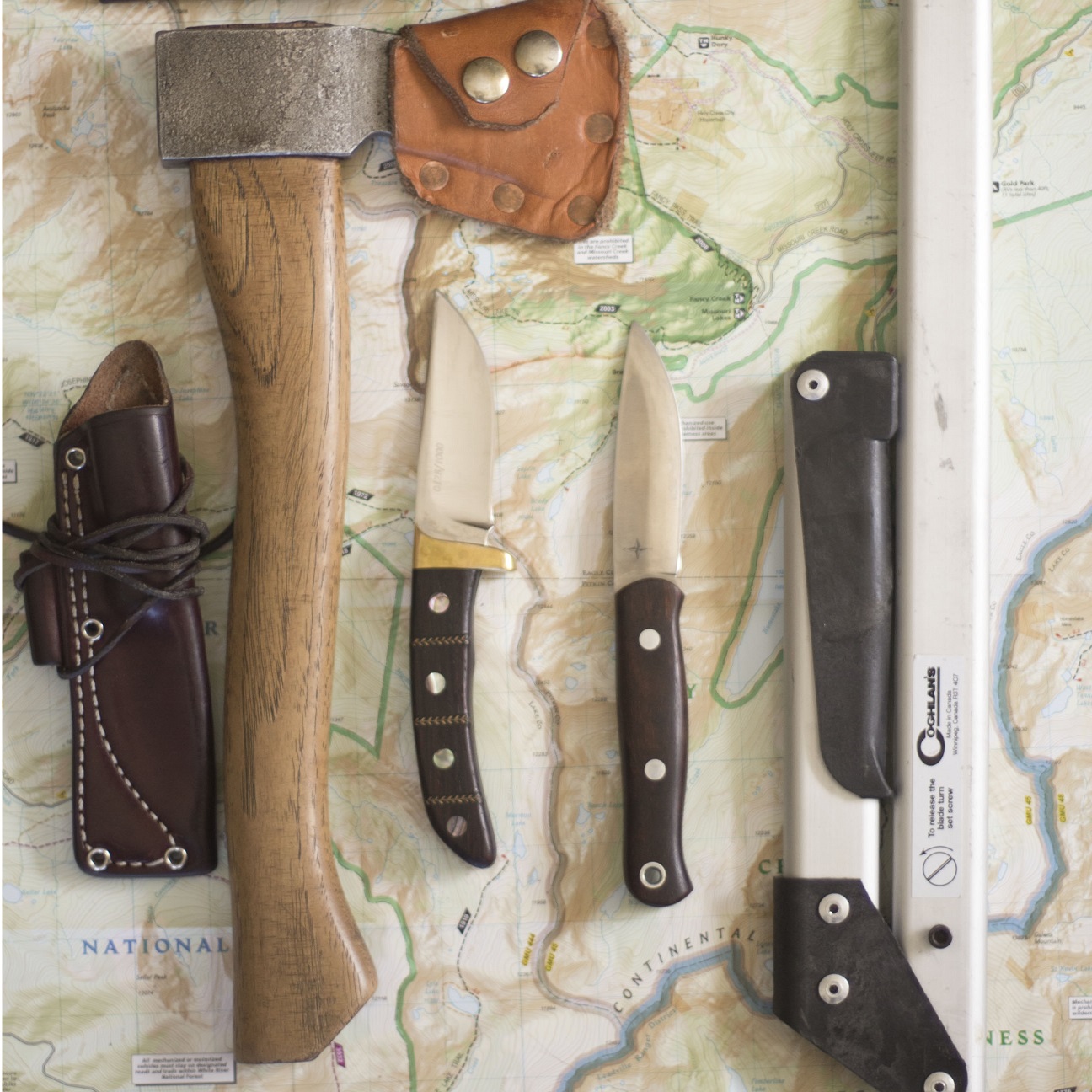The item’s the Bushmen carry on a hunt, is very interesting to me and I am sure to many other bushcrafters, woodsmen and hunters. We are a materialistic civilization, it is evident when going to read and watch content on the internet on the outdoors. There are always list of things, the 10 essentials, the 5 C’s and so forth.
The bushmen are no different, but what passes for enough for them many would consider to be incredibly spartan.
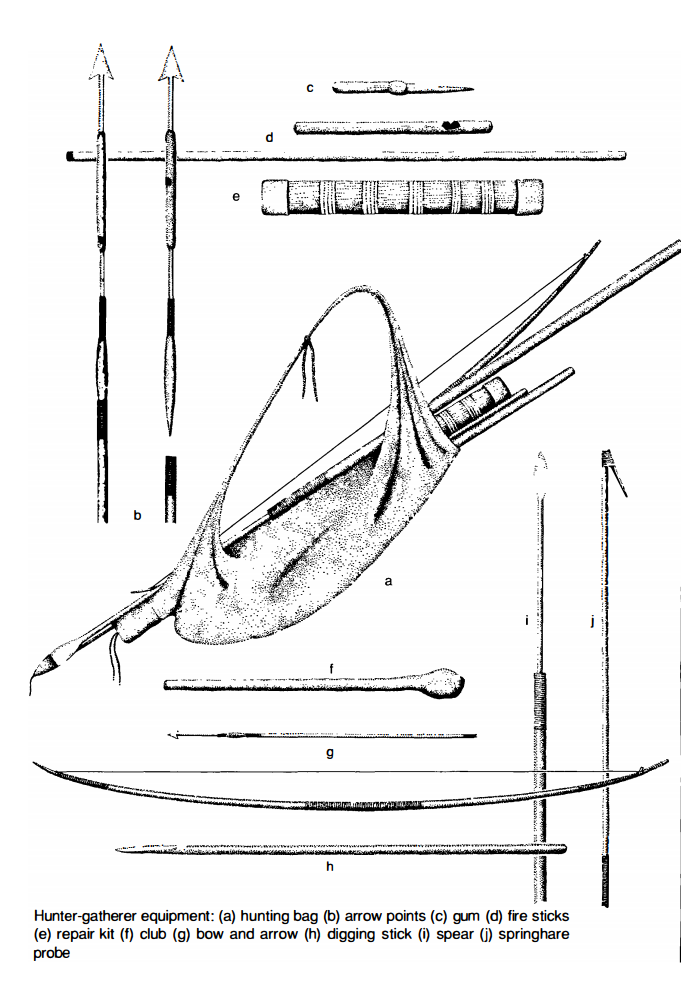
The thing in which they carry their equipment is a simple hand tanned shoulder bag, with one strap. It is carried like a purse over one shoulder only not across the body.
Inside is a tube made of the root of a certain species of Acacia tree(I don’t know the exact species) , where the outer bark and wood is strong but the inside is softer and pithier. The pith is hollowed out leaving the tube.
Inside this tube they carry their poisoned arrows. With the tip up. You see that the poison is only on the shaft of the arrow not on the blade of the broad head. They reach into the quiver by feel and gently grasp each point as it is needed. If they think they will need several shots, they will on the same hand that holds the bow hold a few extra arrows.
Stored neatly in the bag is their bow, which is very small and low poundage. They draw it back only half way, and don’t have an anchor point like Eurasian archers. They still get decent accuracy, and the fletching less arrow goes quite far.
In the folds of the bag the scabbard for their spear, and tucked above all that is their axe.
In addition to their primary tools, a small knife is sometimes tucked inside the bag for small task and skinning game, but this is preference hunter to hunter. !Kung, the head man carries a traditional African double blade knife on a sheath on a western leather belt. !Tuka the old grizzled hunter carries no knife, but instead carries a larger axe with a heavier blade that could more quickly fell a tree.
There is often a hand full of snares made of natural cordage hand spun from the Zanzaberia plant, an aloe vera like desert succulent.
A few lumps of resin mixed with charcoal is their adhesive much like pine resin. A lump of beeswax propolis mix is a weak adhesive, which joins their spring hare hook joints together.
A few pieces of short sinew for repairs of their bow, arrows and other equipment.
A hand full of seeds of the false mopane tree can usually be found to bait the snares for birds.
A few nuts of the mangetti tree will be stored inside, although the nuts are so hard, they would have to use the blade of their ax to crack them against some hardwood log.
A bottle of water with a cotton cloth cover hand woven on it. In the old days I read they would carry an ostrich egg canteen. I have never seen a hunter need to drink water despite walking for about 8 hours in the 100*F heat. They seem to only drink in the morning and at night.
To top this off every Bushmen carries with them a set of traditional fire starting sticks, but all of them also have a box of matches or if they have it a bic lighter.
The bushmen love tobacco, so they always keep a small tin of tobacco, but they are always low and bum it off me because they know I have many pounds of it in my supplies at my basecamp.
To smoke their tobacco, the young bushmen like to roll up little cigarettes from newspaper that burns an acrid green.
The older men like to smoke out of copper pipes or large cartridge casings (300mag or 375HH) with the end sawn off. They wad up some grass into the mouthpiece of the pipe to make a rudimentary filter. After a few hits they roll the hot metal pipe in their hands up and down to cool it before putting it away.
They walk carrying their 15-20ft foot long rabbit hooks sticks up in the air.
-Don Nguyen




